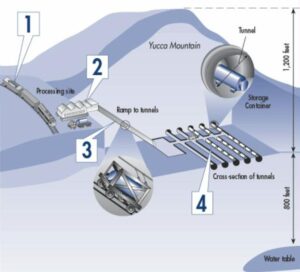Preface. Methanol, or CH₃OH, is primarily used to make chemicals for plastics, paints, and cosmetics. It is made from coal or natural gas. “Green” methanol is made from biomass or biogas from landfills or sewage plants. Or it can be made by combining hydrogen created with renewable electricity and carbon dioxide.
Categories
-
Recent Posts
- Lab-grown meat is energy intensive – and up to 25 times worse for the climate than beef
- The Biblical Revelations, critical thinking, and how this affects us today
- Why the U.S. is ignoring nuclear winter in nuclear policies & strategies
- Oil choke points vulnerable to war, chaos, terrorism, accidents, & piracy
- Nuclear weapons must be reduced or we risk nuclear winter
- Fusion is already running out of fuel
- Peak Oil is Officially Here! World oil production peaked November of 2018
- Wood, the fuel of preindustrial societies, is half of EU renewable energy
- Rare Earth updates: recent research on why complex & intelligent life are rare in the Universe
- Book review of “Chip War” and the Fragility of microchips
- The tremendous material and energy toll of the digital economy
- Nuclear attack on U.S. could kill 90% of Americans
- What percent of Americans are rational?
- Book review of Lights Out. A Cyberattack. A Nation Unprepared. Surviving the Aftermath
- Off-Road vehicles & equipment need diesel fuel






